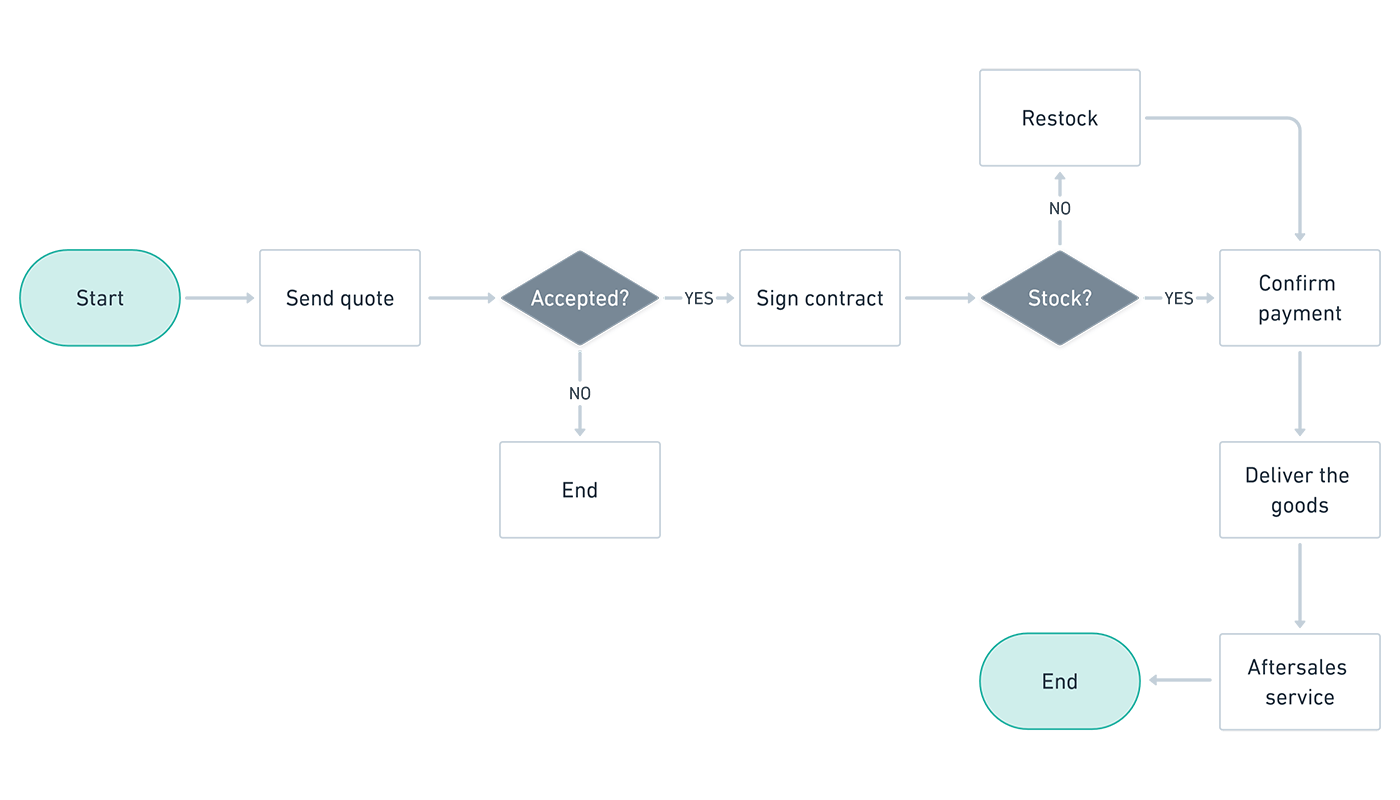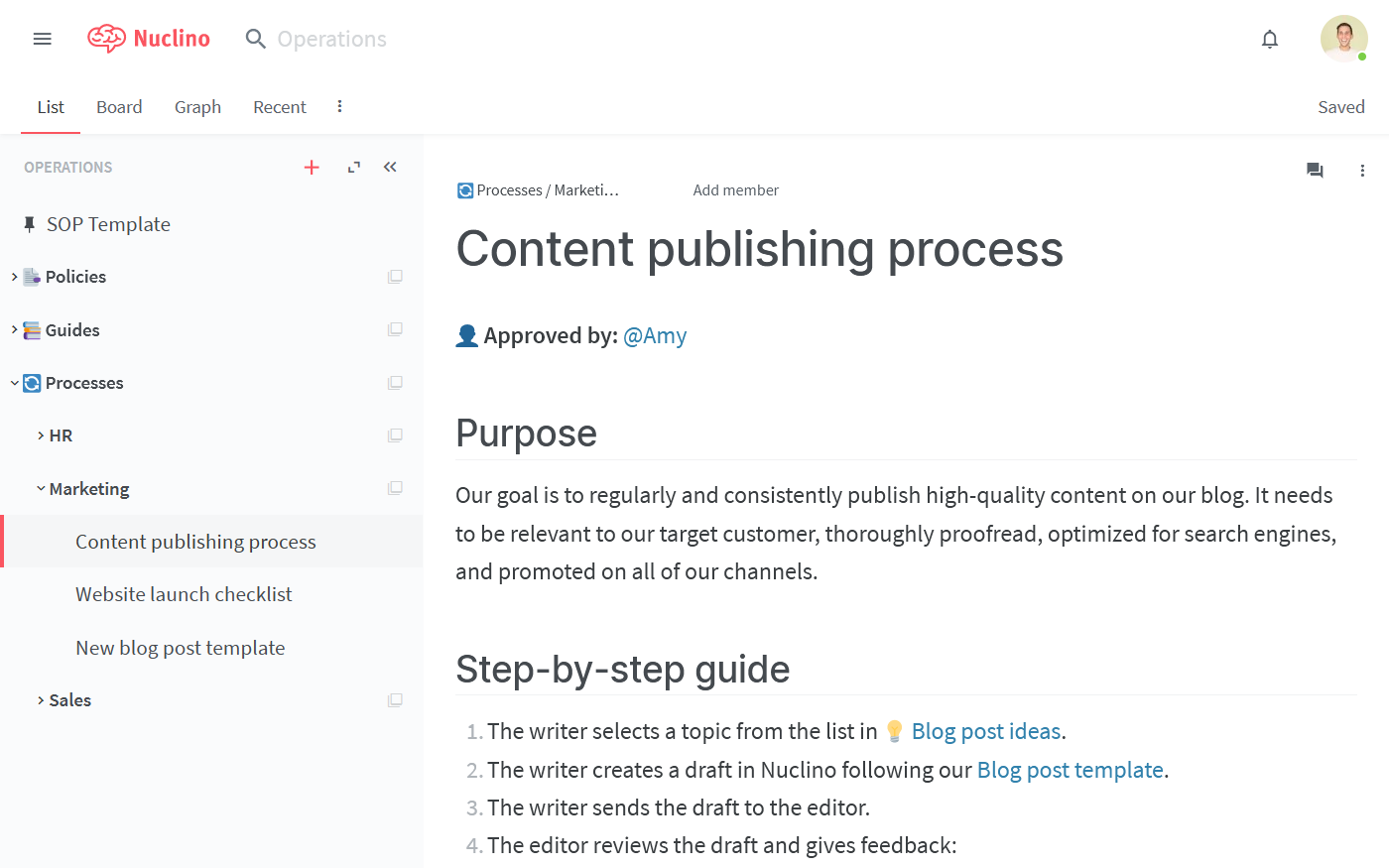The Ultimate Guide to Business Process Management
Learn how to capture and optimize your business processes.
Every business is a collection of processes. They coordinate how every department and system needs to operate in order to fulfill their responsibilities and accomplish the shared business goals.
In this guide, we focus on how these processes should be managed, documented, and optimized, and why it is important for every organization to invest in BPM.
What is business process management (BPM)?
The BPM Institute defines business process management (BPM) as the "definition, improvement, and management of a firm's end-to-end enterprise business processes in order to achieve three outcomes crucial to a performance-based, customer-driven firm":
Clarity on strategic direction
Alignment of the firm's resources
Increased discipline in daily operations
As your business grows, so does the importance of BPM. The way your organization operates inevitably becomes more complex over time: there are more people, more tasks, and more steps, all of which need to be arranged in the most efficient way possible. That is the ultimate objective of business process management.
This guide will cover some of the most important topics in BPM:
Business process mapping
Process mapping is a technique commonly used for capturing how business processes work. It helps organizations get a high-level overview of how every process works and identify improvement opportunities.

Learn more:
Process documentation
Process documentation is a fundamental part of business process management. It may sound like a tedious chore – which is why it is neglected by many organizations. But formalizing and documenting your internal processes is what forces us to think about our workflows with productivity in mind.

Learn more:
Standard operating procedures (SOPs)
A common example of business process documentation is a standard operating procedure (SOP). SOP documents are step-by-step instructions that describe how a given business process works. They exist to ensure business continuity, reduce errors, speed up new employee onboarding, and retain knowledge when experienced employees leave, helping you boost your business as a result.
Learn how to write SOP documents.